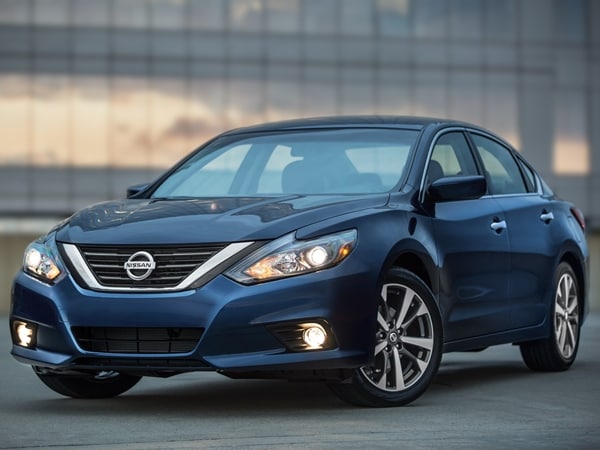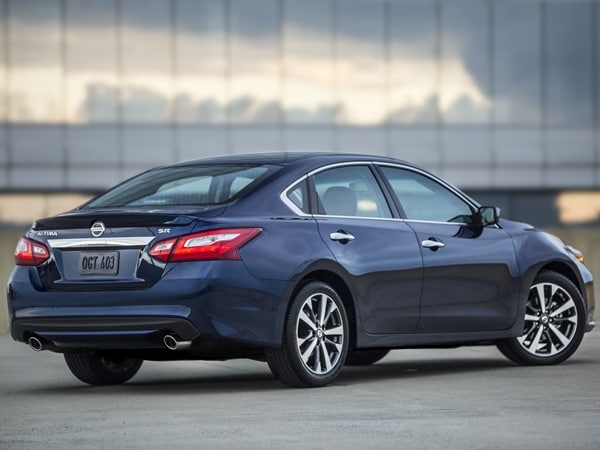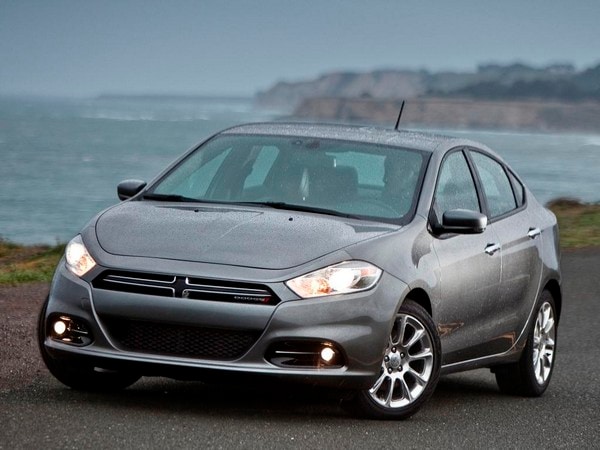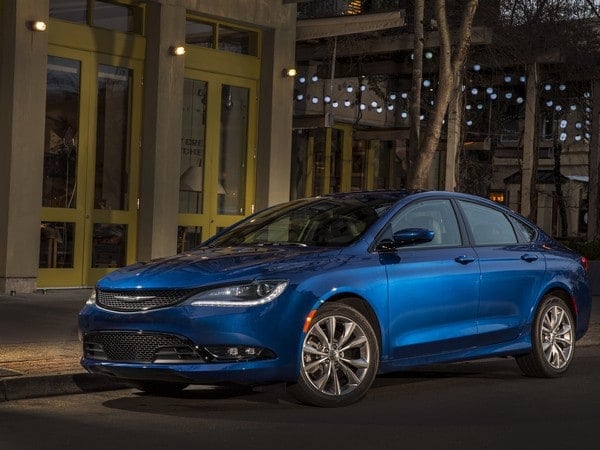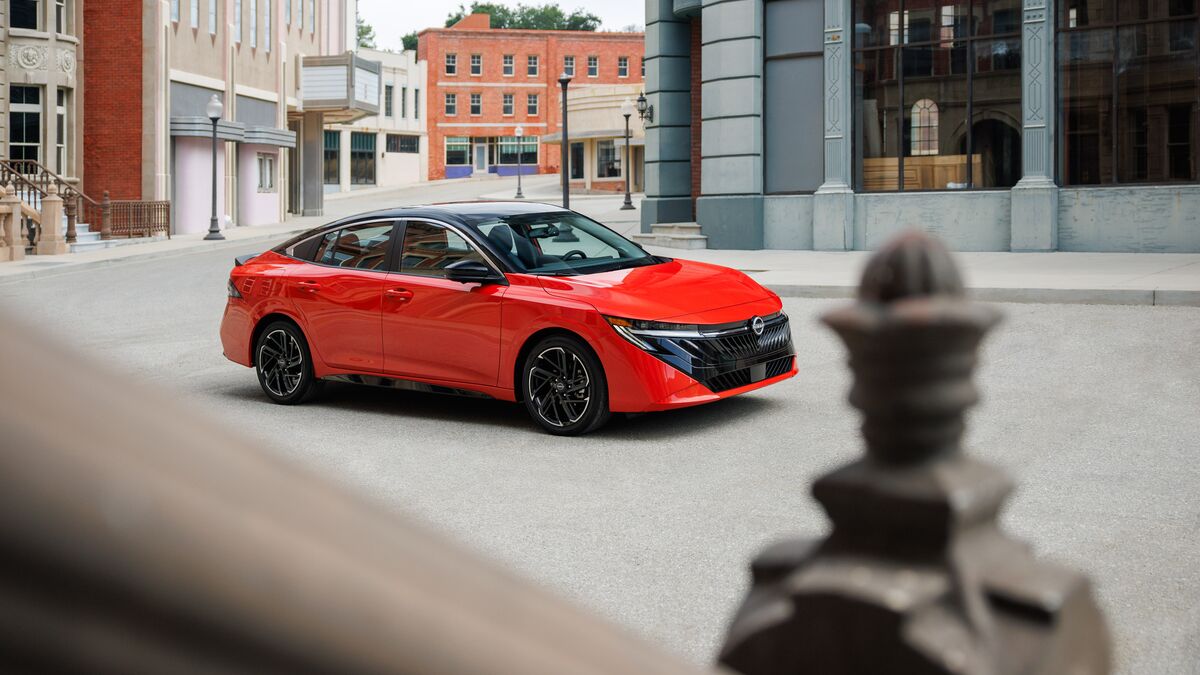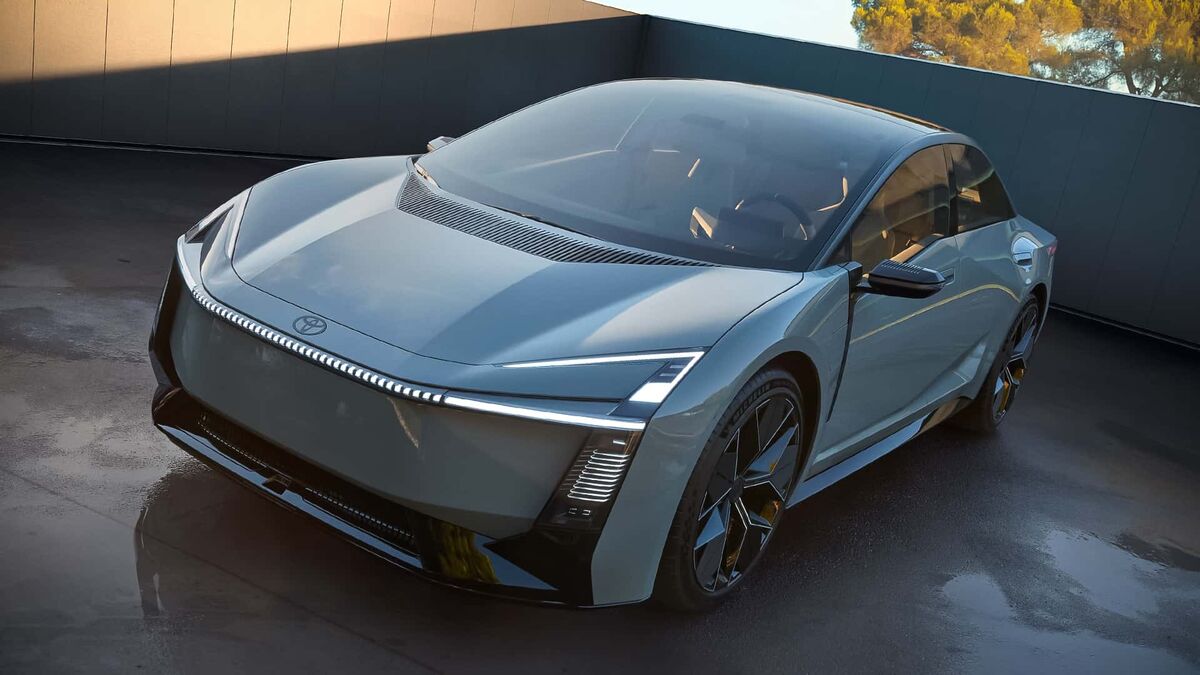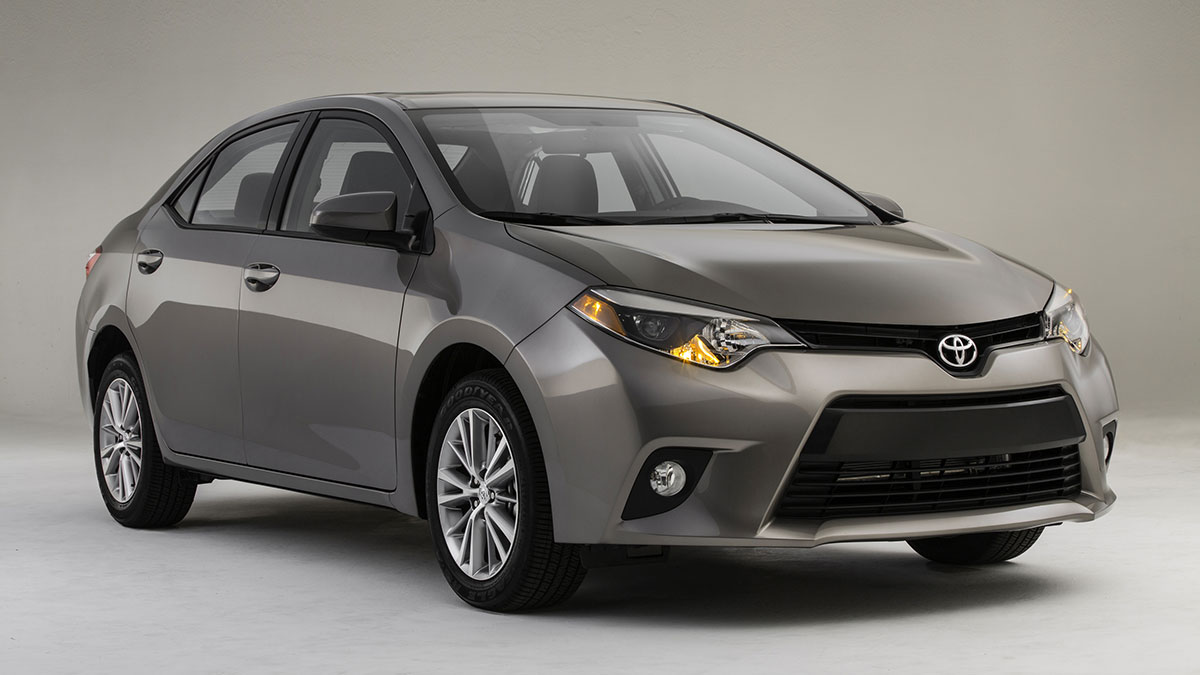High incentives and a big Memorial Day sales push helped boost trucks, but it wasn’t enough to push May totals past year-earlier numbers, as volume dropped about a half-percent and the industry remained at a sales clip below the record 17-million plus of the last three years.
Most manufacturers posted either modest gains or losses in the 1-2 percent range, while the biggest growth was claimed by Jaguar Land Rover, which saw sales climb by nearly 14 percent and Subaru, which posted a 12.1-percent increase in sales year-over-year. Honda grew by just 0.9 percent.
Among those seeing the biggest falloff was Hyundai-Kia, which saw volumes decline by 11.5 percent. Most of that came from Hyundai, which was down 15.5 percent while Kia sales dropped 7 percent for the month. Toyota’s overall sales dipped just 0.5 percent, fueled largely by Lexus’ 4.8-percent decrease while GM and FCA saw only marginal declines of 0.9 percent and 1.3 percent, respectively. Among luxury brands, BMW was off 11 percent and Mercedes-Benz USA saw a 7-percent decline.
Brands that saw growth included Ford, up 4.9 percent on the strength of more fleet sales and VW, which had a 4.3 percent increase. The mixed sales are being sustained by “considerable incentives and lease subvention,” said Kelley Blue Book analyst Tim Fleming. “In recent months, leasing appears to be reaching its peak, which is expected, given declining residual values.” J.D. Power reports that average incentive spending reached $3,583 per vehicle, a record for the month and a $241 increase over a year earlier. The weakness in the car market is reflected in average incentives approaching $4,000 per unit compared to just $3,358 for trucks.
Also: Get your first look at the new and redesigned cars of 2018
Nissan’s big rental bet
Rental fleets are both the boon and bane of automakers. Boon when it comes to exposing consumers to new products that wouldn’t ordinarily appear on their new car shopping lists; a bane when they become so ubiquitous, they almost become a punchline to a joke—like the Chrysler Sebring. Nissan is treading closely to the latter, which carries with it a downside to resale values if too many rental cars cycled out of service flood the secondhand market.
According to a Bloomberg report, Nissan has been targeting fleet sales of 15 to 20 percent of its total, a higher rate than most of its competitors. Automotive News estimates that fleet shipments by Nissan rose by 80,200 over the past year.
John Mendel, formerly a top sales exec at Honda, told Bloomberg he defined a successful fleet operation as when “it’s 10 percent of your volume. When it approached 35 percent to 40 percent of your business son that vehicle line, I struggle with saying that’s successful. That’s just giving cars away.”
Other makers, like GM and FCA, have backed away from fleet deliveries, especially rental business. GM has decided to concentrate on more profitable retail sales, while FCA has been dropping midsize and compact sedans like the Chrysler 200 and Dodge Dart that were popular with rental operations. That has opened the door for Nissan to keep up production of vehicles like the Altima, Sentra and Versa, sending more units to rental companies as consumers look to buy crossover SUVs like the Rogue instead.
While fleet sales may be one way of keeping the production lines running and a lid on runaway incentives, bargain hunters may want to look at Nissan sedans that have been in rental service either on dealer franchise lots as Certified Pre-Owned units or at the sales outlets of major rental companies like Hertz and Avis.
Loans lengthen
The share of lengthy new car loans has increased dramatically over the last eight years, according to data compiled by Experian Automotive. These long contracts, typically 72 to 84 months (6 to 7 years) has grown from just 11.7 percent of all new car loans in 2009 to 33.8 percent in 2017. That’s a dramatic shift with plenty of implications.
The longer loan average means that new car buyers, if they stay in their vehicles for the life of the loan, will not return to the car market for a long time. They also will be pay more in total interest over the life of the loan and if they had an insufficient down payment or small trade-in allowance, conceivably could owe more on their vehicles than what they are worth.
While all financial institutions, as well as financial arms of many major manufacturers, are issuing the longer-term loans, credit unions are the leaders in issuing the contracts, accounting for 30.8 percent of all these 72-to-84 month deals.
The long-term loans are also a reflection of how long people are actually hanging onto their vehicles. A KBB.com Quick Poll recently showed that 40 percent of the respondents had cars that were beyond 10 years in age (almost a third of the total said their cars were 11 years old or older). Conversely, 20 percent have a two-year-old or newer car and another 10 percent have a 3-year-old car. That 30 percent total aligns with lease penetration, which currently stands at 30 percent of all new vehicle transactions.
Also: See the 12 Kelley Blue Book Best Buys of 2017
FCA incentives target low credit scores
Looking to help out buyers with FICO scores of less than 620, Fiat Chrysler Automobiles is targeting national and regional customer cash to help swing deals for these credit-challenged customers. These national and regional rebates come on top of other offers including FCA’s current 25 to 20 percent off MSRP on 2016 Chrysler 200 and Dodge Dart models, as well as the 2017 edition of the Chrysler 200.
The non-prime bonus customer cash is also being applied to a wider range of vehicles. The national program also includes the 2017 Chrysler Pacifica, 2016-17 Dodge Charger and Challenger, 2017 Journey and Grand Caravan, 2017 Fiat 500, 2016-17 Jeep Renegade, 2017 Jeep Cherokee, Compass, Patriot and Renegade. All 2017 Ram trucks are eligible as well. Regional cash under the program applies to 2016-17 Chrysler 200, 2017 Dodge Journey and Grand Caravan and 2017 Jeep Compass, Patriot and Renegade.
The rundown
Check out the This Week in Car Buying Podcast here.
Although the hottest Civic will be the upcoming Type R, the 2017 Honda Civic Si Coupe and Sedan is no slouch. We get behind the wheel of the Si in this First Review.
Also looking to play the sport card is the 2018 Genesis G80 3.3T Sport. In our First Review, we also take a look at the luxury division’s simple model strategy.
Ford is sending off the current Focus hatchback with a sendoff that includes a limited edition 2018 Ford Focus RS model. In addition to 305 horsepower, this RS is limited to 1,000 copies.
In the market for a new car? Explore these useful tips on how to get the best deal:
Kelley Blue Book’s Complete Guide to Incentives
All you need to know about leasing
Which dealer services are right for you?
What to look for in your next economy car
